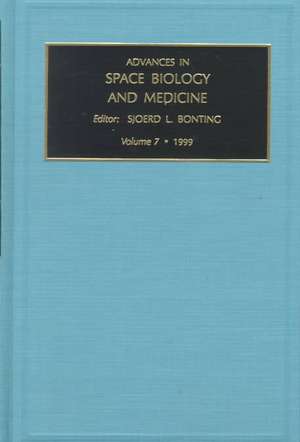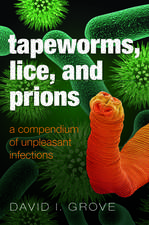Advances in Space Biology and Medicine: Advances in Space Biology and Medicine, cartea 7
Editat de S.L. Bontingen Limba Engleză Hardback – 19 dec 1999
| Toate formatele și edițiile | Preț | Express |
|---|---|---|
| Hardback (2) | 780.17 lei 6-8 săpt. | |
| ELSEVIER SCIENCE – 19 dec 1999 | 780.17 lei 6-8 săpt. | |
| ELSEVIER SCIENCE – mar 1995 | 910.88 lei 6-8 săpt. |
Preț: 780.17 lei
Preț vechi: 1068.73 lei
-27% Nou
Puncte Express: 1170
Preț estimativ în valută:
149.31€ • 155.30$ • 123.26£
149.31€ • 155.30$ • 123.26£
Carte tipărită la comandă
Livrare economică 15-29 aprilie
Preluare comenzi: 021 569.72.76
Specificații
ISBN-13: 9780762303939
ISBN-10: 076230393X
Pagini: 250
Dimensiuni: 156 x 234 x 16 mm
Greutate: 0.54 kg
Editura: ELSEVIER SCIENCE
Seria Advances in Space Biology and Medicine
ISBN-10: 076230393X
Pagini: 250
Dimensiuni: 156 x 234 x 16 mm
Greutate: 0.54 kg
Editura: ELSEVIER SCIENCE
Seria Advances in Space Biology and Medicine
Cuprins
Contents. List of Contributors. Introduction to Volume 7 (S.L. Bonting). Survey of Studies on How Spaceflicht Affects Rodent Skeletal Muscle (M.B. Fejtek and R.J. Wasserung). Is Skeletal Muscle ready for Longterm Spaceflight and Return to Gravity? (D.A. Riley). Nutrition and Muscle Loss in Humans during Spaceflight (T.P. Stein). Hormonal Changes in Humans during Spaceflight (F. Strollo). Growing Crops for Space Explorers on the Moon, Mars or in Space (F.B. Salisbury). Electrophoresis in Space (J. Bauer, W.C. Humer, D.R. Morrison, H. Kobayashi, G.V.F. Seaman, and G. Weber). Teaching of Space Life Sciences (D.A. Schmitt, P. Francon, and P.H.U. Lee).











